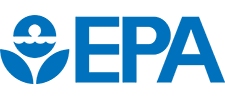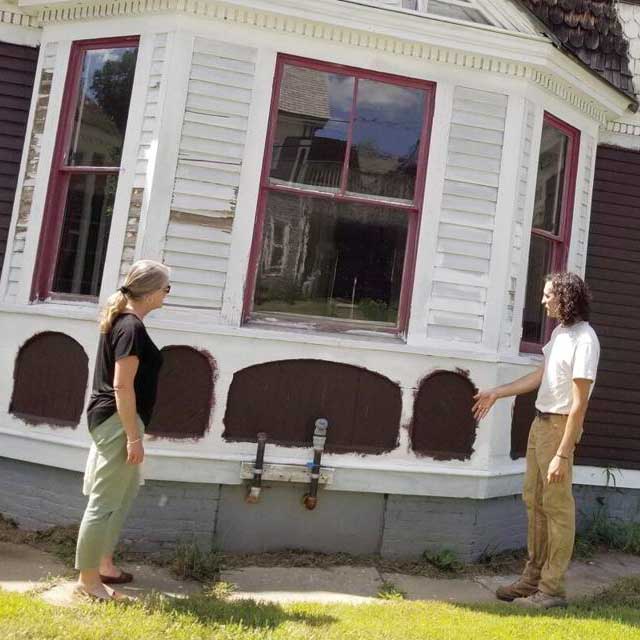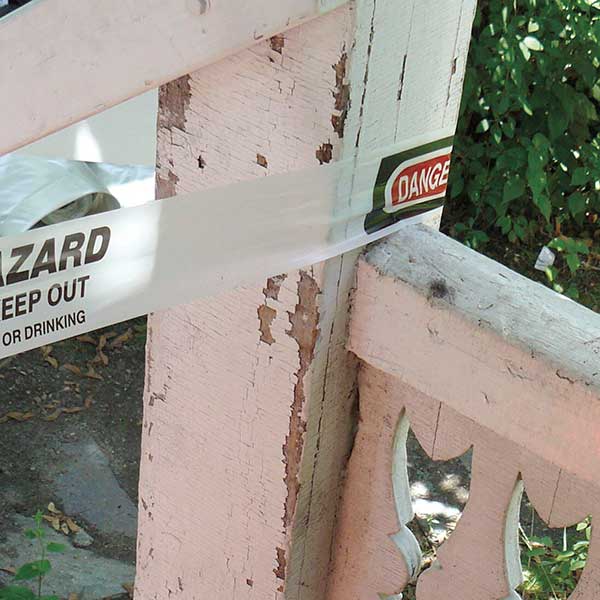Lead Poisons People, Especially Children

Why we care…
Lead poisoning is entirely preventable. However, nearly 1 million children living in the United States have blood levels high enough to impair their ability to think, learn, and concentrate. In 2019, 10 children (0 − 72 months old) in the Upper Valley Region of New Hampshire were identified with elevated blood lead levels of 5 ug/dL or higher. For more data about lead exposure in the Upper Valley Region of New Hampshire, see this 2019 Lead Exposure Data Brief.
How much is too much lead for a child?
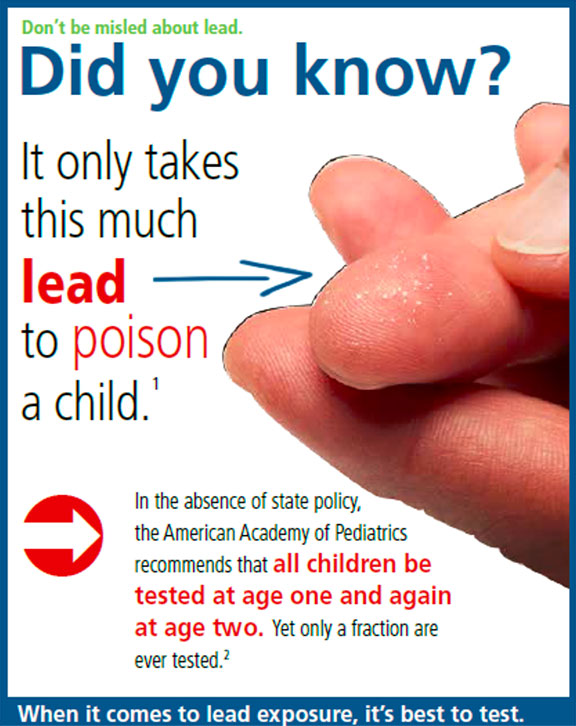 Lead is a highly toxic metal that has been commonly used in many household, industrial and automobile products—such as paint, solder, batteries, brass, car radiators, bullets, pottery, etc. Too much lead in the body can cause serious and permanent health problems. Lead poisoning can cause brain damage, learning disabilities, attention disorders, hyperactivity, behavior problems, and permanently reduce intelligence. Children and pregnant women are at special risk.
Lead is a highly toxic metal that has been commonly used in many household, industrial and automobile products—such as paint, solder, batteries, brass, car radiators, bullets, pottery, etc. Too much lead in the body can cause serious and permanent health problems. Lead poisoning can cause brain damage, learning disabilities, attention disorders, hyperactivity, behavior problems, and permanently reduce intelligence. Children and pregnant women are at special risk.
The only way to find out if a child has been exposed to too much lead is by a blood test. A blood test measures the amount of lead in blood. Blood tests are commonly used to screen children for lead poisoning and can be easily done at a child’s regular checkup. Vermont law requires that all children be tested at ages 1 and 2.
How much is too much lead for a child?
It only takes a speck of lead dust the size of a grain of salt to poison a child!
Lead poisoning can be prevented when you know what to look for.
Exposure: About 70% of homes in Vermont and 62% of homes in New Hampshire were built before 1978, the year lead in house paint was banned.
While a major source of lead exposure in New Hampshire and Vermont children is paint, lead in older plumbing and fixtures can add to a child’s overall lead exposure.
Lead exposure poses a special risk to young children because they absorb lead into their systems more easily than adults do.
Testing: New Hampshire and Vermont both require that all children are tested for lead exposure at ages 1 and 2. Ask your doctor about having YOUR children tested with a simple finger stick right at the doctor’s office. Results available within a few minutes.
Watch this leading screening informational video produced by NH Public Health
Resources
State Childhood Lead Poisoning Prevention Programs
For Parents and Care Givers
For Landlords and Homeowners
Regional and National Resources
How are New Hampshire communities addressing lead hazards?
This city is committed
to getting the lead out
By ROBERTA BAKER
THE LACONIA DAILY SUN
September 2, 2020
Code of Silence, Costs Paint over Lead Dangers
By ROBERTA BAKER
THE LACONIA DAILY SUN
August 27, 2020
Financial Aid for Lead Abatement Often Goes Unused
By ROBERTA BAKER
THE LACONIA DAILY SUN
August 25, 2020




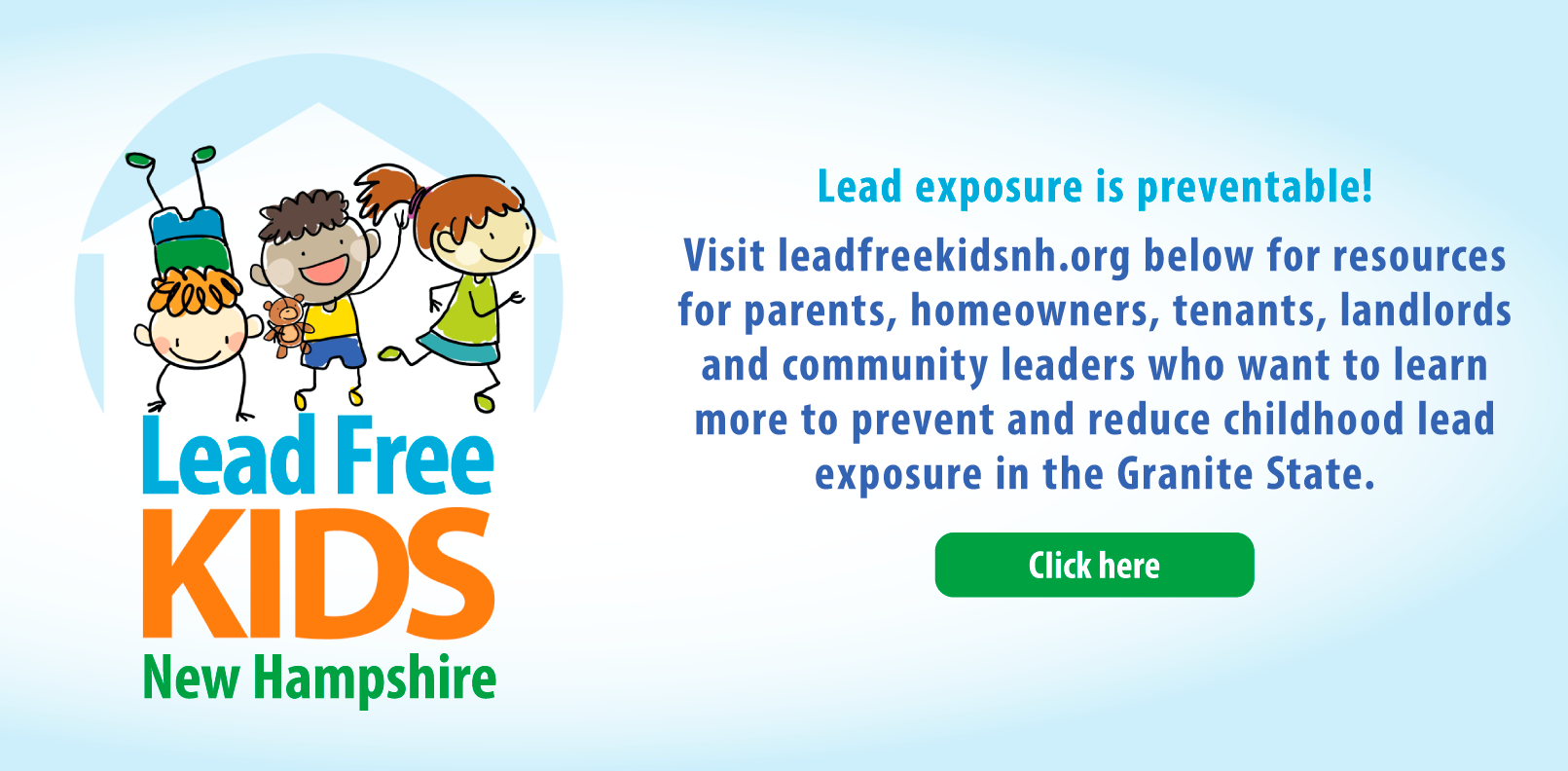


 The New England Lead Coordinating Committee
The New England Lead Coordinating Committee
